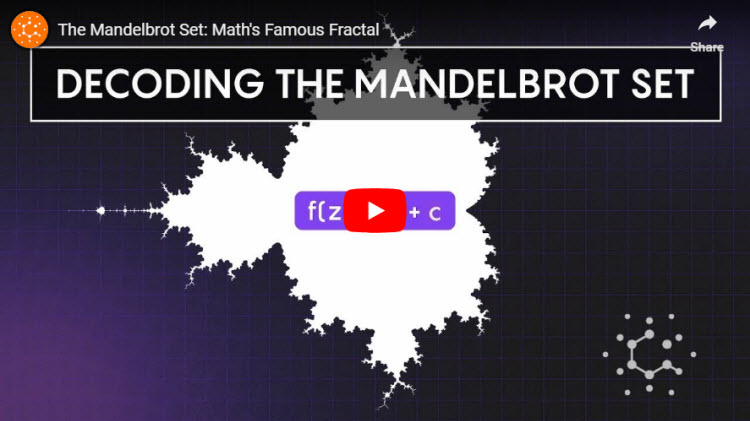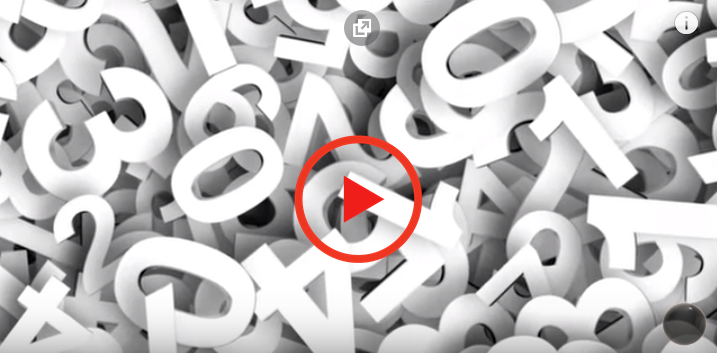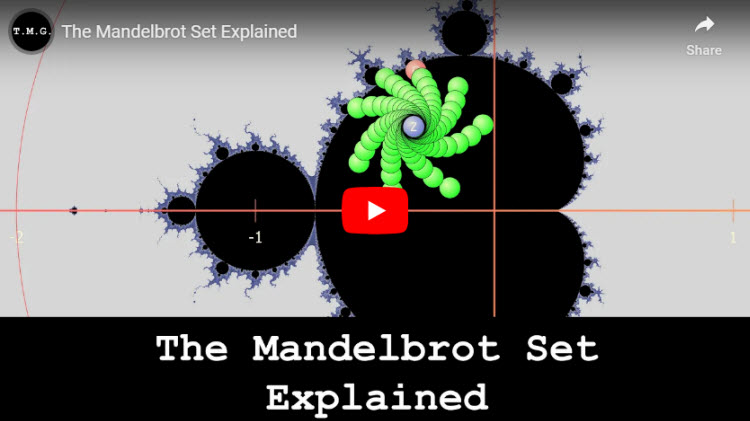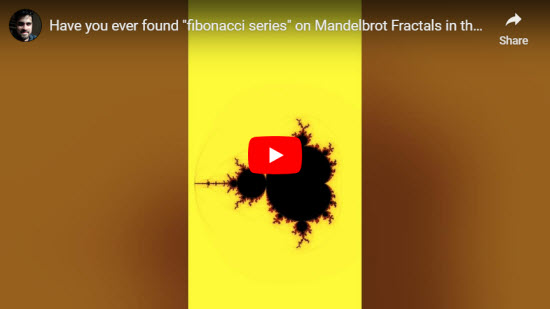Fractals – Gods Fingerprint
Why is 1.618034 So Important?
Imagine if there was a perfect number, a single number so flawless it formed the basis for all art and music; a number so important that it could be used across the disciplines of mathematics and physics, and a number so profoundly purposeful that the natural world and the universe would bend to its whims. The Fibonacci Sequence is a string of numbers that begins with zero and one which can be extended infinitely by adding up any two consecutive numbers to find the next in the sequence. The Golden Ratio is a mathematical term used to describe the relationship of two figures, whereby the numbers seem to be in some form of complimentary ratio.To link the Fibonacci Sequence and the Golden Ratio we must look at the ratio between two consecutive numbers in Fibonacci, and observe the pattern this ratio takes as you use ever higher numbers. The Golden Ratio has fascinated the world's most knowledgeable people for millennia since its discovery, and we have seen its influence in some of the finest works mankind has ever produced. Is the Golden Ratio a universal law applied by nature? The evidence seems to suggest so, and the aforementioned Leonardo Da Vinci may have alluded to this in some of his most famous works.
Are these repeating patterns or number sequences which impact all matter also impact behavior? Can it be accurately stated that we are born free and not bound nor subjected by the will of others however we are governed by a construct seemingly hidden within every aspect of nature? Are we our bodies and our thoughts?
The Hardest Trip – Mandelbrot Fractal Zoom
There is some nice geometry in this one! Skip into the middle of the video if you are short on time, otherwise sit back and enjoy the journey. This video is available in 4k, and may I suggest that you select the highest resolution your machine can handle. This video is named as such because the dataset is the same as "The Hardest Zoom", it so long to calculate the dataset I thought that I'd better make another video with it (Although it 3 days further for After Effects to colour and encode this one).
Yes, we are zooming at a constant speed in this video, the colouring method will sometimes give you the illusion that we are not. By: Maths Town
The Mandelbrot Set Explained
We take a deep dive into the Mandelbrot Set, and try to understand what is happening under the hood. In particular we introduce the concept of orbits and their unusual behaviour. I hope by introducing such detail that you will find concepts in future videos easy to understand. This video contains many handcrafted visuals that took days code and animate, plus several hours to render them in 8k. Please subscribe!
Welcome to the channel! I'm new at making mathematical explainer videos, but I hope you get something from these videos. Feel free to leave some love or constructive feedback in the comments section. Questions are also most welcome.
Mandelbrot Fractal Zoom Geometry
Benoit Mandelbrot (born November 20, 1924, Warsaw, Poland—died October 14, 2010, Cambridge, Massachusetts, U.S.) Polish-born French American mathematician universally known as the father of fractals. Fractals have been employed to describe diverse behaviour in economics, finance, the stock market, astronomy, and computer science.
Mandelbrot was educated at the École Polytechnique (1945–47) in Paris and at the California Institute of Technology (1947–49). He studied for a doctorate in Paris between 1949 and 1952 and then did research for a year under John von Neumann at the Institute for Advanced Study in Princeton, New Jersey. From 1958 to 1993 he worked for IBM at its Thomas J. Watson Research Center in New York, becoming a research fellow there in 1974. From 1987 he taught at Yale University, becoming the Sterling Professor of Mathematical Sciences in 1999. source
Have you ever found “fibonacci series” on Mandelbrot Fractals in the form of patterns?
A Sanskrit grammarian, Pingala, is credited with the first mention of the sequence of numbers, sometime between the fifth century B.C. and the second or third century A.D. Since Fibonacci introduced the series to Western civilization, it has had a high profile from time to time. Recently, in The Da Vinci Code , for example, the Fibonacci sequence is part of an important clue."





